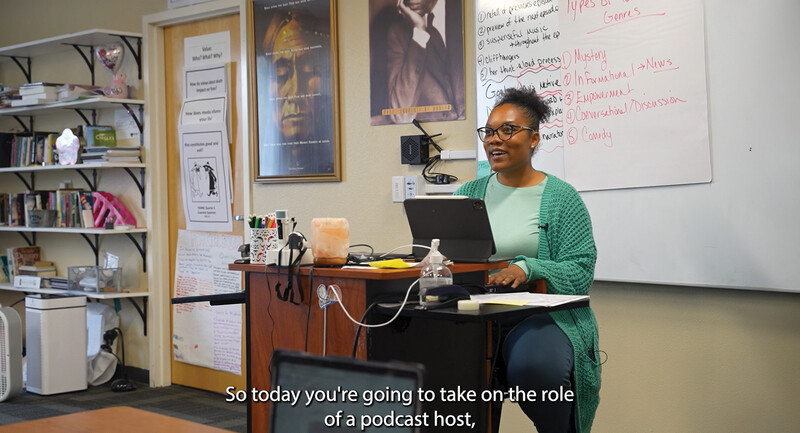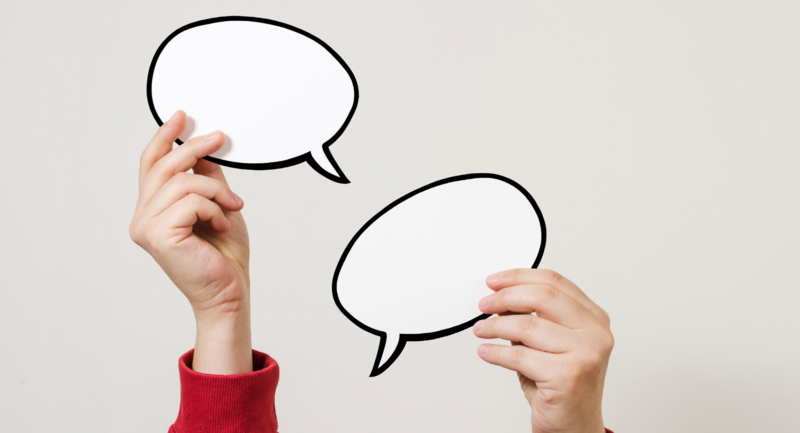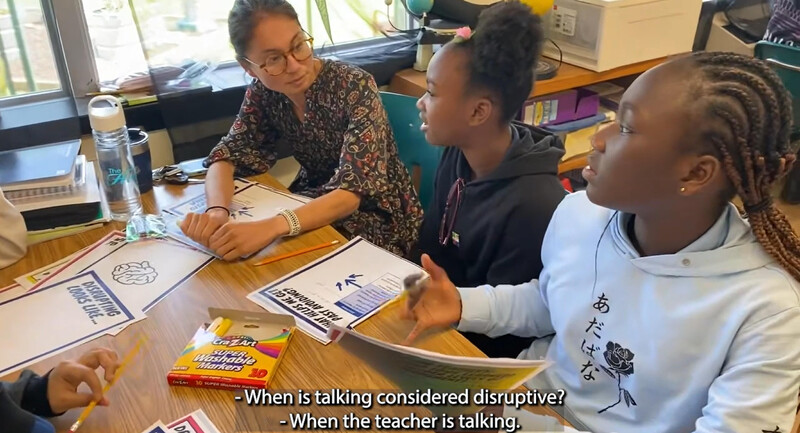As educators, we provide students with feedback all of the time but how often do students actually take that feedback?
I recently took a trip to see some family who live about 300 miles away. Shortly after my arrival my car started making a loud clanking noise. I took the car to a service center and after the repair man told me what was wrong I asked if it was safe to drive it home or if I needed to have it repaired right away. He told me if I continued to drive the car there was a good chance more damage would occur. After hearing that I knew I needed to take his advice and get the car fixed if I was going to be able to get home safely.
As an instructional coach, I tend to find connections between life events and teaching and there is a lesson here.The repair man gave me feedback about the state of my car and I had to do something with the feedback he gave me. I couldn’t dismiss it or ignore it. As educators, we provide students with feedback all of the time but how often do students actually take that feedback? How can we provide feedback to students in such a way that students have to do something with it? What can we do so students know that if they take the time to process our feedback their learning will move forward?
We know research tells us that our feedback to students should be specific and timely. As a result we utilize the newest feedback tools and strategies. We try to do everything we can to provide feedback that gently nudges student thinking, builds metacognition, and doesn’t overwhelm. Recently some of the conversations I have had with teachers about feedback has taken a small but important shift. Instead of only brainstorming ways to GIVE feedback to students, we are now brainstorming ways to get students to INTERACT with the feedback they are given. The act of giving feedback in and of itself does not improve learning. It is the degree to which the students interact and make adjustments to their thinking based on that feedback that improves learning. In order for students to interact with feedback we have to provide the time during class, model how to receive feedback, and create a culture of continual improvement in our classrooms
Provide Time for Students to Respond to the Feedback
The only way to ensure that all students are doing something with the feedback you are providing is to build time in class for students to read, process, and respond to the feedback. There are only so many minutes in a class period and we all feel the demands of how that time should be used. If we do not build in time during class for students to absorb the feedback we worked so hard to provide them than we might as well not spend the hours it takes to provide it.
We know it is worth our time to clearly identify standards and learning targets. We know we need to create learning experiences and assessments aligned to those standards and targets. We know we need to think about our instructional approach and align it to the needs of the learners sitting before us. After all of that thoughtful planning we need to remember that feedback is a key component of that learning process. When students know that we expect them to make adjustments to their thinking based on our feedback and are given time in class to do so then we will start to see our feedback impacting student learning.
Try giving feedback to students before you give them a grade. As part of standards-referenced grading practices, many teachers in schools today are allowing students to redo assignments and retake tests. Hand back work with feedback only and then ask students to read and respond to your feedback. Guide them to make adjustments to their thinking and correct errors. By doing this you are essentially building into your class time a relearning and retake opportunity. Students may need to reread, rewatch, or redo some of the learning activities before responding to your feedback. Give them time in class to do this. Learning is messy and most kids need multiple attempts before reaching proficiency. Allow for multiple attempts in your classroom and incorporate time for students to respond to the feedback you provide.
Model How to Respond and Receive Feedback
If you have not read the book Thanks for the Feedback by Stone and Heen you need to add it to your shopping cart immediately. Receiving feedback requires some deep thinking and processing and our students need to be taught how to do it. In the book Thanks for the Feedback, Stone and Heen outline the art of receiving feedback well.
As educators, one of the best things we can do is make complex thinking visible for our students and being good at receiving feedback requires complex thinking. Incorporating think alouds as part of instruction is critical for improving student’s metacognition. Strive to be a model “feedback receiver” for your students. Stand in front of your students and think aloud what goes on in your mind as you read feedback given to you. How do you move past your initial defensive reaction? What happens in your mind as you decide what feedback to latch onto and what feedback to dismiss? How do you take that feedback and make adjustments to your own understanding?
Try taking feedback from your instructional coach or evaluator and sharing it with your students. While you share it explicitly think aloud the thoughts going on in your mind as you processed how to respond to that feedback. Let them see you take feedback and improve from it. When students see you model that process they can begin to identify what it means to receive and respond to feedback. After you have modeled receiving feedback several times you might want to consider inviting students to stand in front of the class and share their thinking with their peers. This type of sharing requires a classroom culture of risk taking and learning from mistakes. In order to receive and respond to feedback a growth mindset and a desire to always improve is a must.
Creating a Culture of Continual Improvement
When I was in grad school I needed to update my resume as part of a requirement for one of my classes. My resume wasn’t bad but I knew it could be better. I made all the adjustments I knew to make on my own and then asked one of my professors to look it over and provide me feedback for improvement. My goal was to create a resume that best represented my strengths and I knew he could help me do that. Being open to and seeking feedback is a mindset that can make all the difference for our students not just in a school setting but beyond our school walls as well.
We need to create a classroom culture for our students where they see continual improvement as an expectation not an invitation. The best part about a culture of continual improvement is that improvement looks different for each and every student. We can honor where each student currently is, provide feedback that helps them move one step further down their learning journey, and guide them to utilize feedback in a way that improves their learning. We have all heard the phrase, “There is always room for improvement.” On the surface we would probably all agree with that phrase but our willingness to see and admit what needs to be improved can be a difficult task. In our classrooms we can communicate in a way that emphasizes that every student has room to improve and there is no end to learning.
One way to do this is to have students do their thinking on paper in a notebook during learning. When you start a new unit, ask students to write down what they know about your topic of study and list any questions they currently have about that topic. Next engage students in a learning activity that confronts them with new learning. Tell students to revisit their original writing and add to, change, clarify what they originally wrote. Ask them to try to answer their original questions and add new questions they now have. As you facilitate learning experiences (readings, demonstrations, videos, discussion etc.) have them continue to revisit that writing. You might want to ask them to reflect on their writing by completing the sentence stem “I used to think _______ but now I think______.” This type of reflection fosters a growth mindset and is open ended so all students, not matter their level of understanding, can identify growth in their own learning.
Feedback has the potential to move learning forward but the power in feedback is actually tied to how the student receives and responds to that feedback. When you provide the time during class for students to respond to feedback, model how to receive feedback, and create a culture of continual improvement in your classroom you are not only ensuring that your students understand the value of feedback but you are giving them a life long gift of knowing how to learn and grow.
Tricia Kurtt is a 2015 ASCD Emerging Leader who currently serves as a high school instructional coach in Norwalk, Iowa and has served as an educator for 18 years. She is a National Board Certified teacher who recently graduated from Iowa State University with a master’s degree in Educational Leadership. Connect with Kurtt on Twitter @tkurtt77.








